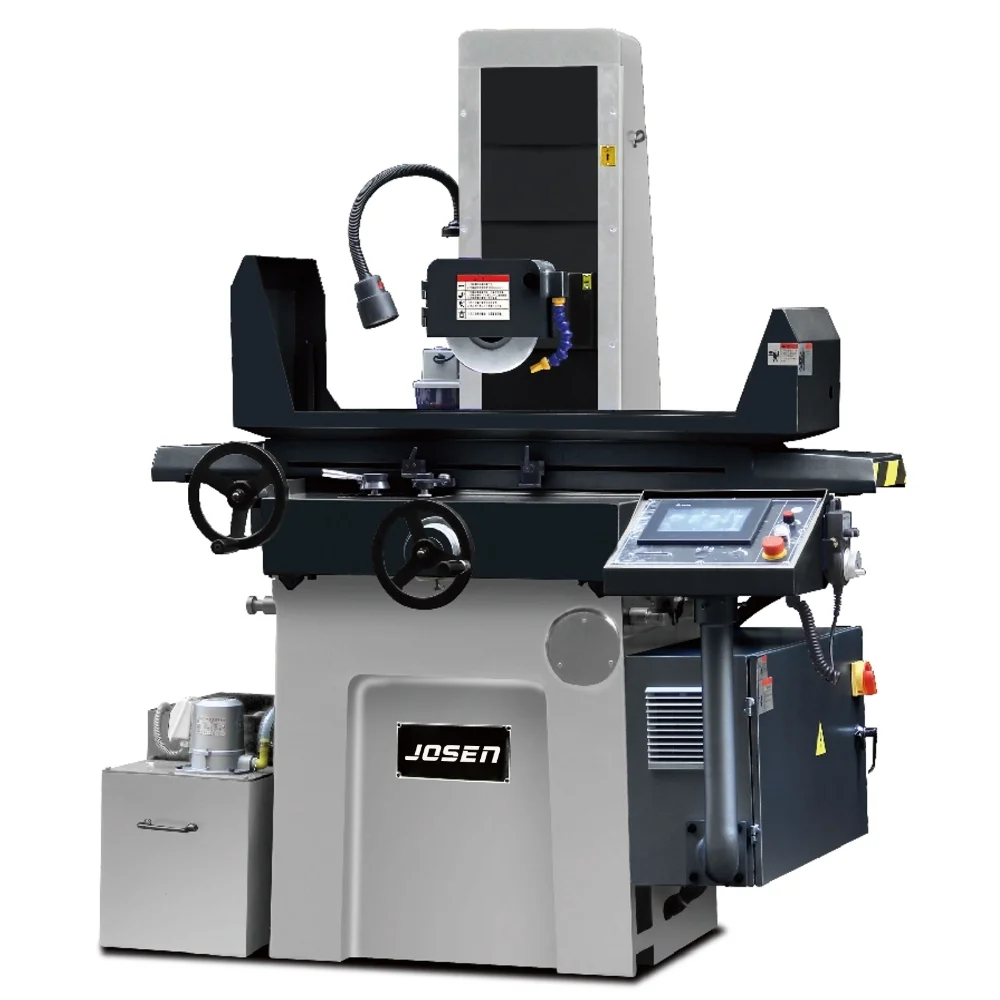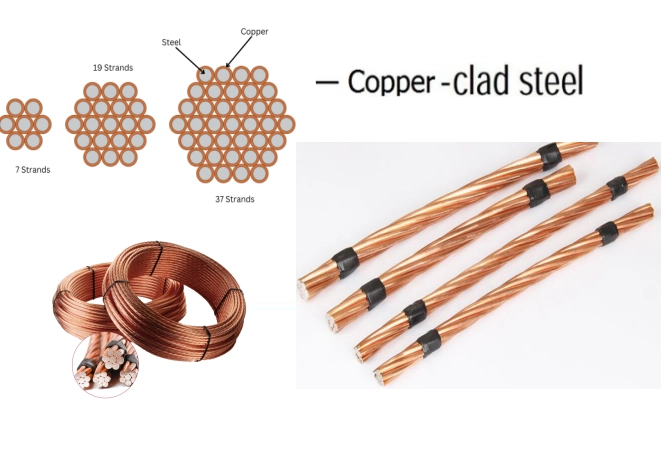In today's competitive manufacturing ecosystem, precision, repeatability, and automation are non-negotiable. Industries that rely on high-quality surface finishes and micron-level tolerances—such as aerospace, automotive, medical devices, and precision tooling—demand advanced machining technologies. The 3 axis CNC surface grinding machine plays a pivotal role in fulfilling these needs. By enabling automated and highly controlled grinding operations, it ensures surface perfection on a wide variety of materials, ranging from hardened steel to non-metallic composites. Unlike conventional grinding methods, the 3 axis CNC surface grinding machine integrates computer numerical control with multi-directional mechanical motion, delivering not only fine finishes but also improved productivity and reduced dependency on skilled manual labor.

What Makes the 3 Axis CNC Surface Grinding Machine Unique?
The defining characteristic of a 3 axis CNC surface grinding machine lies in its ability to manipulate grinding operations along three independent axes—X (table traverse), Y (grinding wheel infeed), and Z (vertical head movement). This tri-directional control allows for high-precision surface finishing on a variety of materials and part geometries. With computer numerical control (CNC), these axes can execute complex, repeatable grinding patterns that would be difficult or impossible to achieve with manual control.
The X-axis enables lateral movement of the work table, positioning the workpiece under the grinding wheel with exact alignment. The Y-axis controls the incremental infeed of the wheel into the workpiece, which directly determines the depth of cut. The Z-axis adjusts the vertical height of the grinding head, allowing for accurate control of grinding pressure and contact point. These coordinated motions enable multi-pass grinding, step grinding, and mirror finishing, all with exceptional repeatability.
Compared to traditional manual or semi-automatic grinders, the 3 axis CNC surface grinding machine minimizes human error, enhances repeatability, and increases throughput. Operators can program complex sequences, including contour grinding or alternating step depths, which would be labor-intensive and error-prone if done by hand.
Moreover, most modern 3 axis CNC surface grinding machines come equipped with automated dressing systems, which maintain the grinding wheel's shape and sharpness without manual intervention. Integrated coolant circulation systems reduce thermal deformation and ensure a clean working environment. Additionally, sensor-based feedback loops allow for real-time adjustment and error correction, ensuring that dimensional tolerances are consistently met, even during extended production runs.
In high-precision industries such as aerospace, automotive, mold manufacturing, and medical device production, these machines are valued not just for their automation but for their ability to deliver micro-level flatness, roughness, and perpendicularity across multiple components with consistent quality and efficiency.
3 Axis CNC Surface Grinding Machine Industrial Applications
1. Aerospace Component Finishing
The aerospace industry demands unmatched precision in every structural and functional component. Aircraft engines, wing spars, hydraulic system parts, and turbine blades must meet stringent dimensional tolerances and surface integrity standards to ensure performance and safety under extreme conditions. The 3 axis CNC surface grinding machine excels in producing ultra-flat surfaces with minimal roughness (often under Ra 0.2 µm), especially on high-performance materials like titanium alloys, Inconel, and composite laminates. With complex geometries and variable thicknesses, these components require consistent grinding pressure and positioning—tasks perfectly managed by CNC control. Moreover, the automatic dressing and compensation systems maintain wheel shape and size throughout extended runs, ensuring uniformity across parts. The ability to store and recall optimized grinding programs for each component further enhances consistency and compliance with aerospace quality assurance protocols such as AS9100.
2. Automotive Engine and Gearbox Production
In automotive manufacturing, efficiency and precision go hand in hand. Critical components such as crankshafts, camshafts, transmission housings, and brake system parts must exhibit near-perfect surfaces to reduce friction, support lubrication, and enhance wear resistance. The 3 axis CNC surface grinding machine allows manufacturers to achieve such results quickly and reliably, thanks to its programmable feed rates, wheel paths, and depth control. By combining speed with accuracy, CNC grinding machines help manufacturers adhere to tight cycle times in high-volume production settings. The automated dressing feature ensures minimal downtime, while real-time process monitoring detects deviations and flags anomalies before they affect output. The ability to integrate these machines into a broader production line, including robotic part handling systems, further contributes to lean manufacturing initiatives and cost savings.
3. Tool and Die Fabrication
Tooling components—including punches, dies, fixtures, and precision molds—must maintain strict geometric accuracy for optimal function in presswork, plastic molding, and metal stamping. Any deviation in surface flatness or squareness can compromise the performance or lifespan of the entire toolset. A 3 axis CNC surface grinding machine ensures these components are ground to exacting standards, with parallelism and angular accuracy often within 0.002 mm. In toolrooms and custom fabrication shops, repeatability and programmability are critical. Operators can use the CNC interface to input specific grinding paths, dwell times, and surface finish targets, which the machine executes with consistent results. Additionally, custom jigs and magnetic chucks can be integrated to secure odd-shaped workpieces, enhancing the machine's flexibility for a wide array of tooling applications.
4. Electronics and Semiconductor Components
Precision surface grinding plays a vital role in the production of semiconductor wafers, microchip housings, heat sinks, and circuit board carriers. These components require extremely flat and smooth surfaces to ensure thermal conductivity, insulation, and signal transmission. A 3 axis CNC surface grinding machine equipped with fine-grit CBN or diamond wheels and controlled coolant delivery can produce sub-micron finishes and meet strict cleanroom standards. The machine's programmable functions allow operators to fine-tune parameters like table speed, wheel infeed, and spark-out passes to minimize surface defects such as micro-cracks or scratches. Moreover, integrated particle collection and vacuum systems help maintain process cleanliness, while adaptive feed controls mitigate thermal build-up on heat-sensitive materials such as aluminum, silicon, and ceramic composites.
The 3 axis CNC surface grinding machine is more than an advanced piece of equipment—it is a strategic pillar in any operation focused on quality, repeatability, and operational excellence. Its ability to deliver mirror-finish surfaces, precise geometries, and integrated automation makes it indispensable across industries that demand accuracy and efficiency. Whether you're producing aircraft components, transmission parts, microelectronics, or custom tooling, adopting a 3 axis CNC surface grinding machine translates to better products, faster turnaround, and improved competitiveness in global markets.
https://www.josencnc.com/FGM-250AHD-CNC-Grinding-Machine.html
www.josencnc.com
Josen(Changzhou)Precision Machinery Co.,Ltd.

More Stories
Copper Clad Steel Strand Wire for Solar Farm: Grounding Solution Balances Strength, Conductivity, and Cost
Kaisen: Leading Cyclone Separator Manufacturer Offers High Efficiency at Affordable Prices
Applications of Ozone in Water Treatment: Understanding Processes, Mechanisms, and Advantages